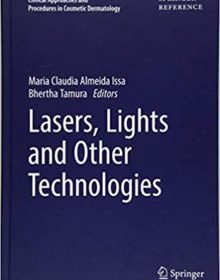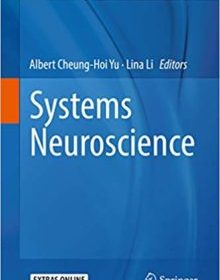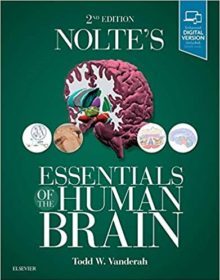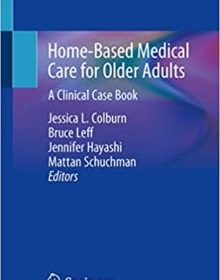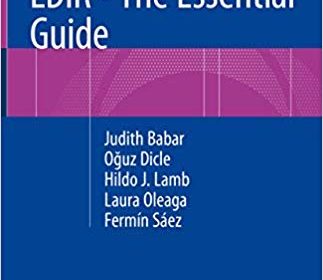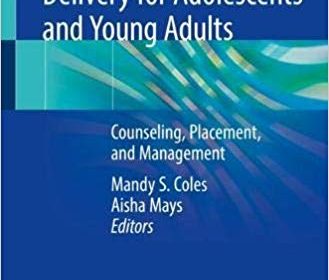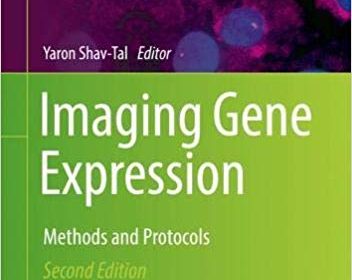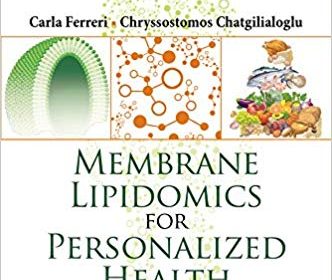Textbook of Aging Skin
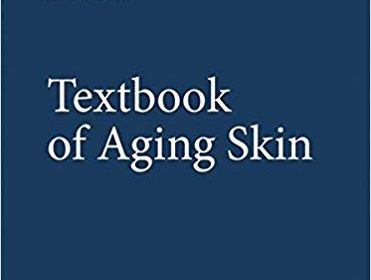
Textbook of Aging Skin
This comprehensive ‘Major Reference Book’ compiles all current and latest information on aging skin in a two-volume set. Highly structured with a reader-friendly format, it covers a wide range of areas such as basic sciences, the different diseases and conditions which occur with aging (from malignant to non-malignant), the latest techniques and methods being used such as bioengineering methods and biometrics as well as toxicological and safety considerations for the elderly population. It also illustrates the global consumers’ sociological and psychological implications, ethnicity and gender differences and includes marketing considerations for this elderly group. This unique and comprehensive guide will become the main reference textbook on this topic.

